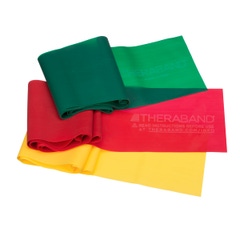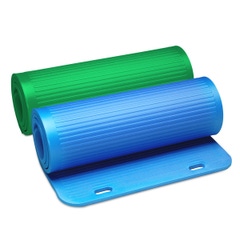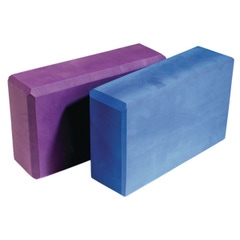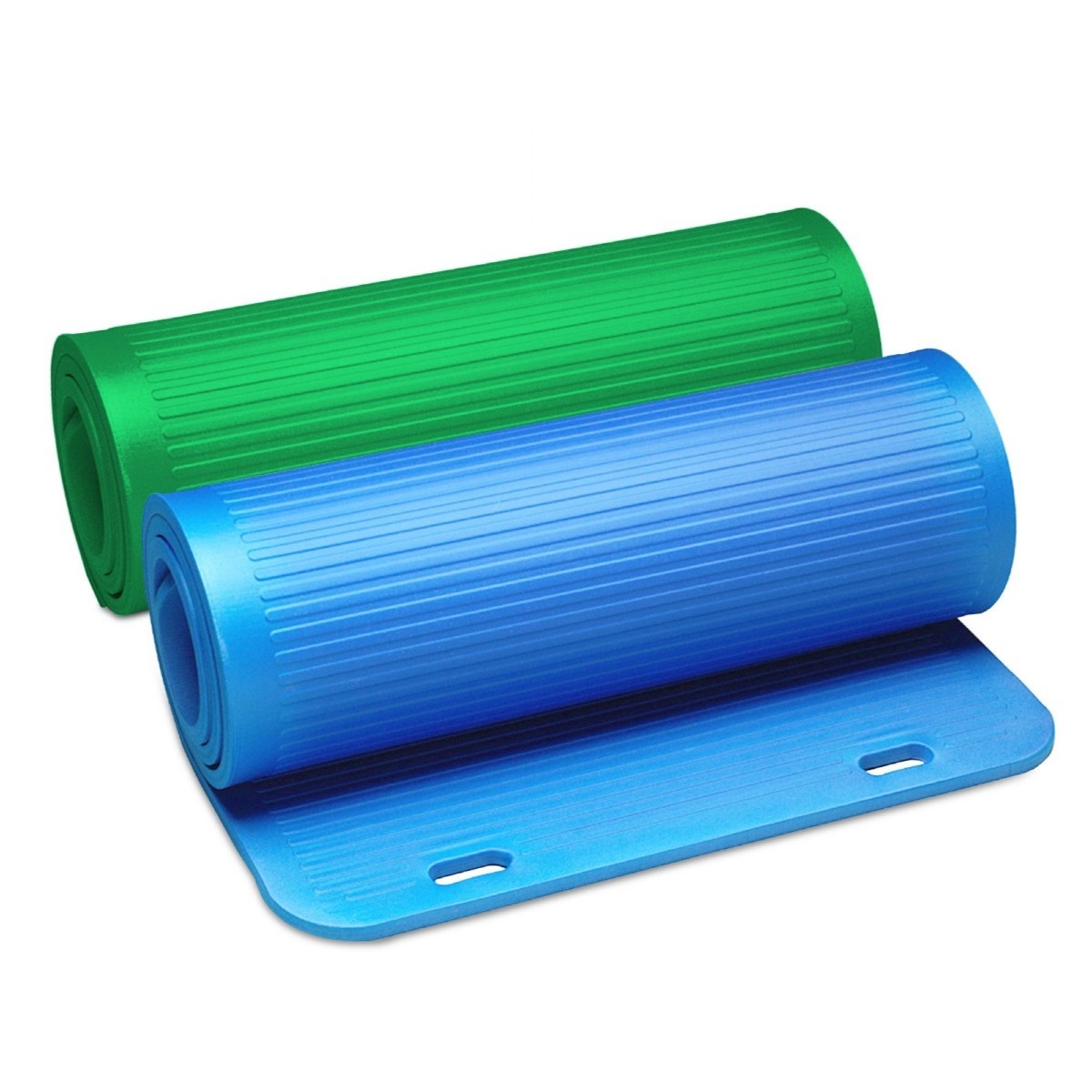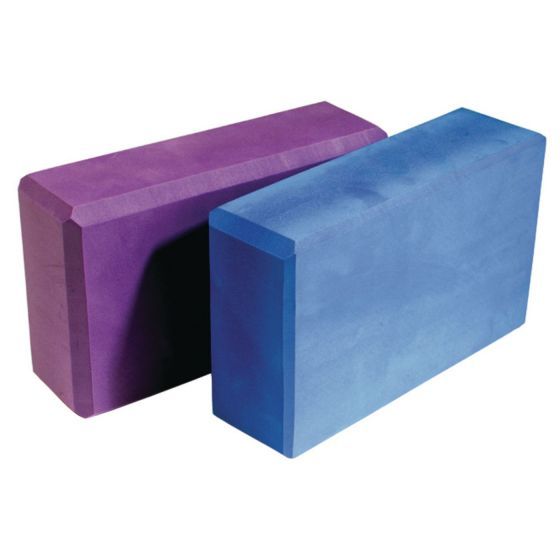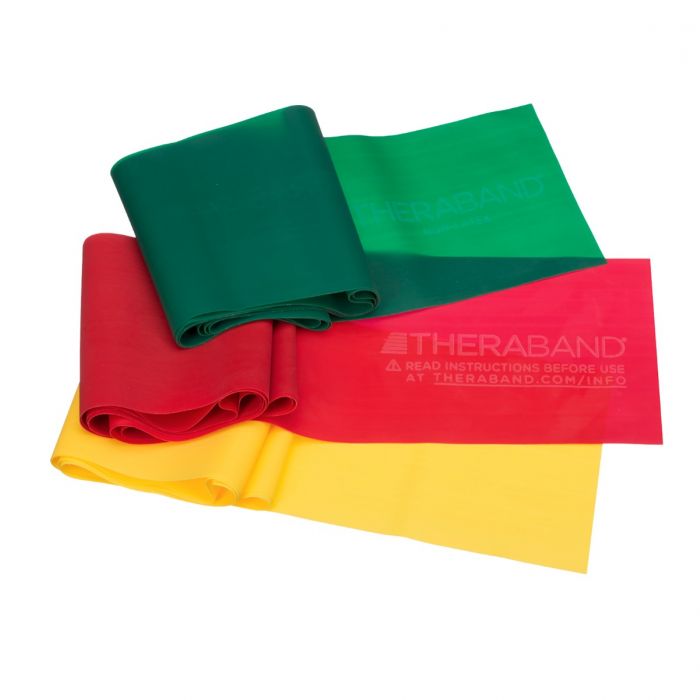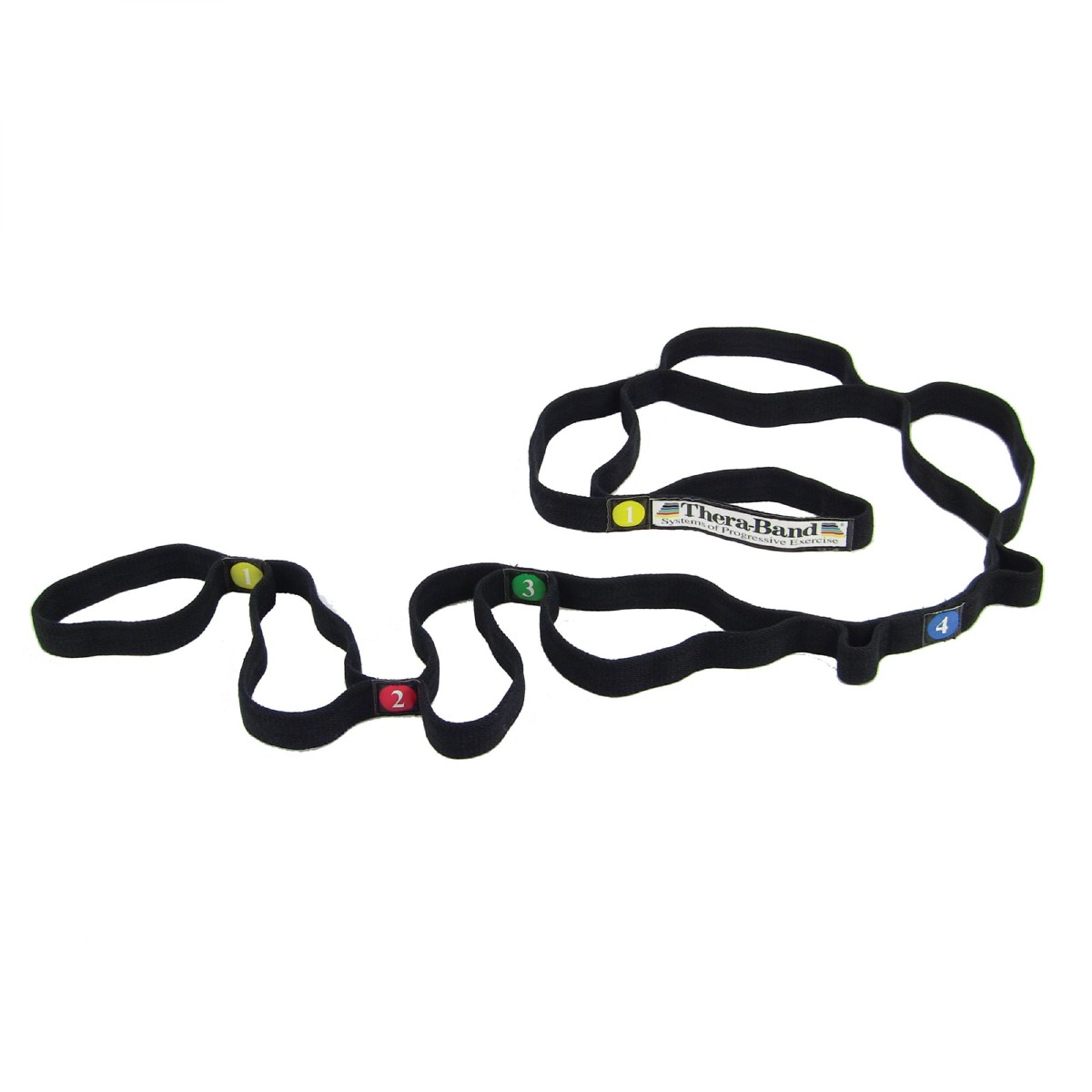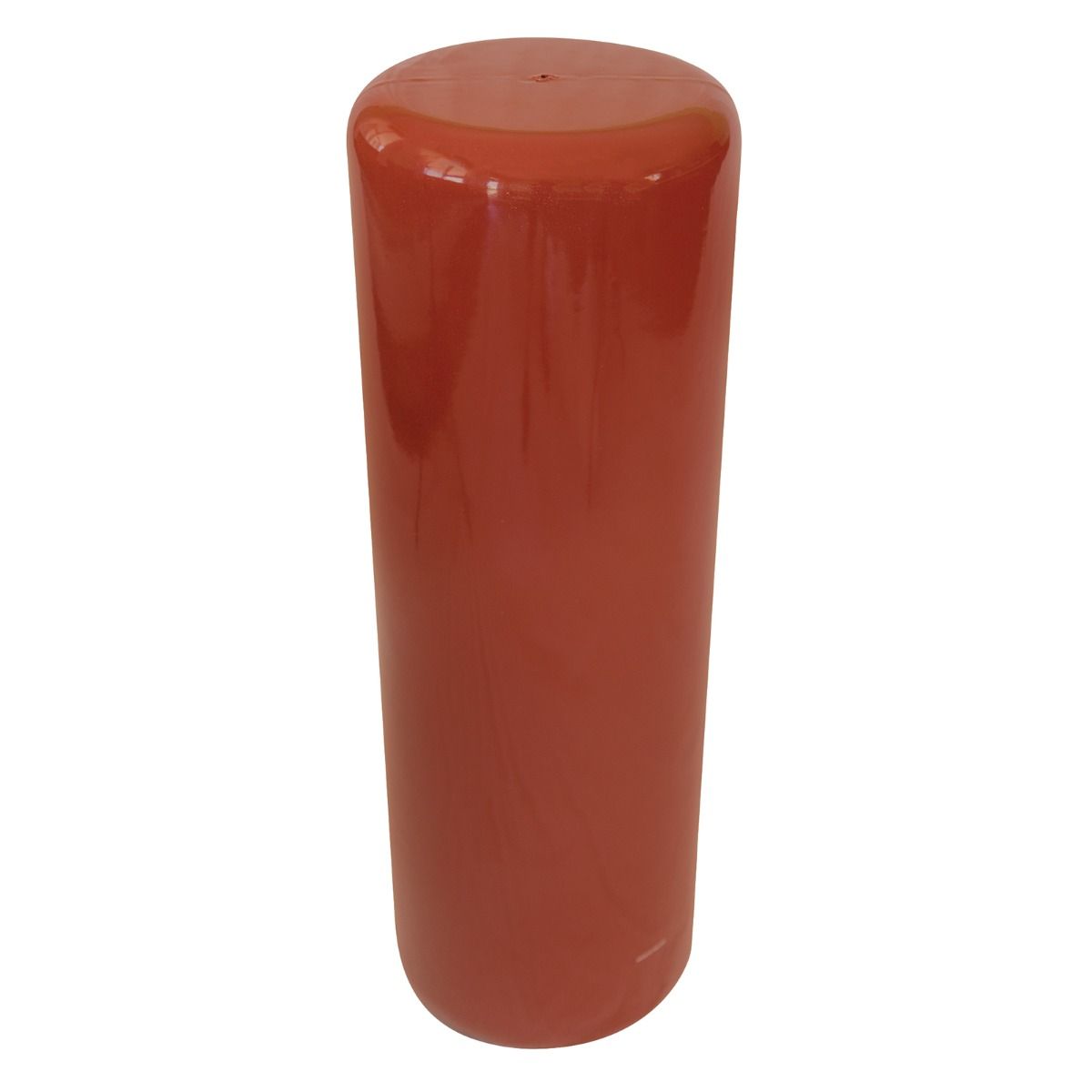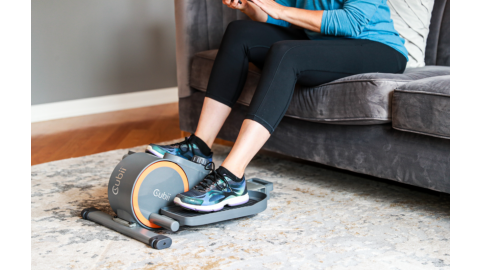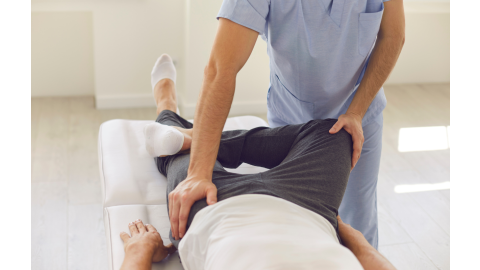Key Takeaways
- Developed to connect the mind, body, and soul, yoga aims to promote healthy lifestyle patterns that reduce pain and stress
- Celebrated on the summer solstice, International Yoga Day helps raise awareness worldwide of the many benefits to practicing yoga
- While yoga helps improve posture, flexibility, and sleep quality, it also promotes community by bringing people of all groups, religions, nationalities, and social backgrounds together
- Products such as yoga blocks and resistance bands can help deepen your stretch and improve flexibility
Top Products in This Article
Celebrated on June 21, International Yoga Day aims to raise awareness worldwide of the many benefits of practicing yoga. Yoga was developed to connect the mind, body and soul. It has also been recommended as exercise and relaxation method to help the body’s general well-being and alleviate physical injuries and chronic pain.1 Many people add yoga to their fitness routine to improve flexibility and balance.
So, what is the history on yoga and why do we celebrate it?
History of International Yoga Day
Yoga is an ancient physical, mental, and spiritual practice that originated in India. It is an important part of Indian culture and civilization. The word ‘yoga’ derives from Sanskrit and means to join or to unite, symbolizing the union of body and consciousness. In the last fifty years, thousands of people from all over the world have made it a part of their daily routine.
Yoga is more than a physical activity. It promotes lifestyle patterns that foster good health. It also reduces the rate of health-challenging diseases in the world.2 Lastly, it aims to develop a habit of meditation for peace of mind and self-awareness. For those reasons, International Yoga Day helps spread growth, development, and peace throughout the world.
The date of June 21 was chosen as it is the summer solstice, the day where there is the most sun out of every other day of the year. The summer solstice is celebrated in several cultures and has special significance in many parts of the world. For more information on the summer solstice, read this article.
What are the benefits to practicing yoga?
Incorporating yoga into your daily routine can help enhance your health, improve your balance and flexibility, and reduce symptoms of depression.3 But there are several other benefits to practicing yoga that you might be missing.
• It's Inclusive
People of all age groups, religions, nationalities, and social backgrounds can practice yoga. Fast-paced, slow-paced, meditative, and restorative are some of the different forms of yoga that you can practice. Size and fitness levels don't matter — there are modifications for every yoga pose.
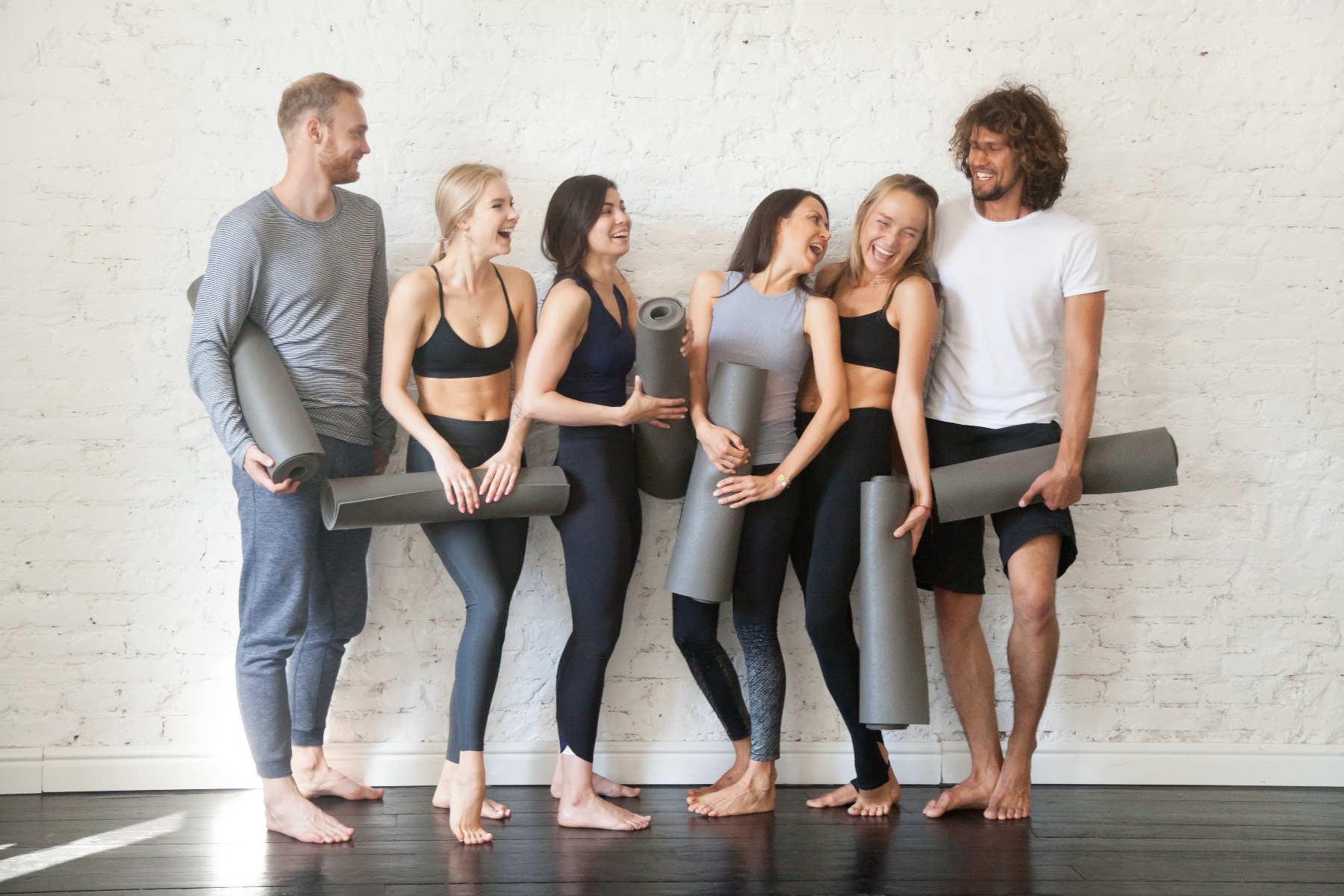
• Helps manage stress and pain
Do you have back or neck pain, difficulty sleeping, or headaches? If you regularly practice yoga, it can create mental clarity and calmness to lower blood pressure, relieve stress or anxiety, and improve sleep quality. It can also strengthen and stabilize the spine, relieving chronic back pain and arthritis.4
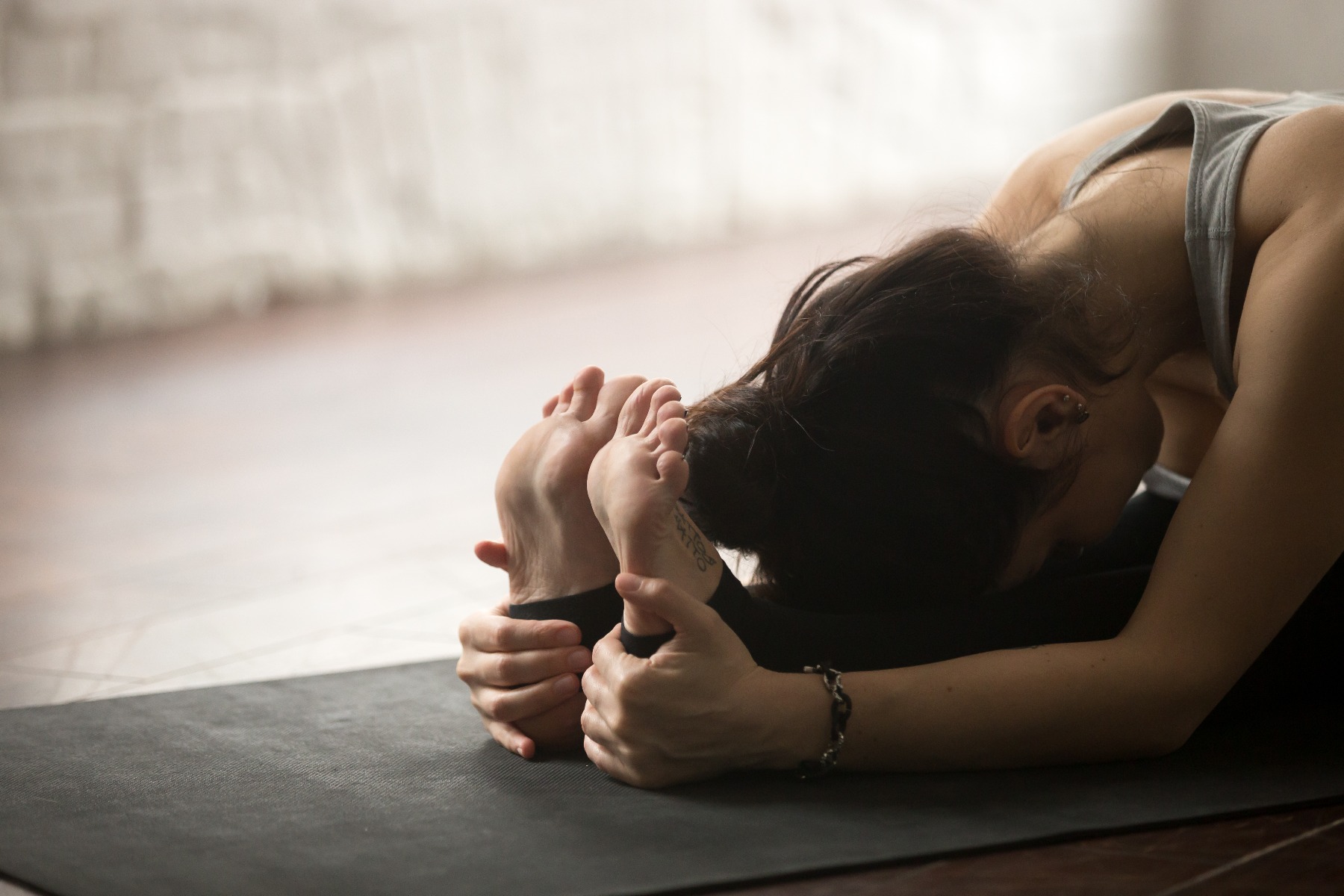
• Helps improve breathing
Yoga focuses on controlling the breath through breathing exercises and techniques. Improving breathing can help build endurance, optimize performance, and keep your lungs and heart healthy. This breathwork is ideal for those with lung disease, heart problems, and asthma.5
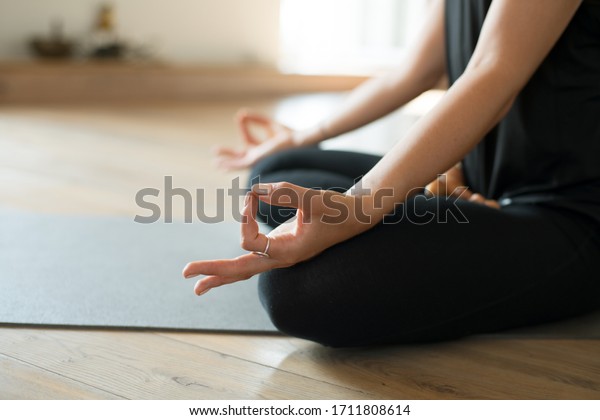
Now that you’ve learned what yoga has to offer your mind, body, and soul, we’ve created a list of products you might need in preparation for International Yoga Day!
What kind of equipment do I need?
Yoga Mats
Exercise or yoga mats are made to provide support and cushion underneath your back and knees. These mats create traction for your hands and feet, preventing you from slipping. Decide which mat features are important to you - length, thickness, material, or how to keep it clean.
Yoga Blocks
A yoga block is designed to extend, support, and deepen your stretches. It can also be turned to stand at three different heights. Blocks are particularly useful for standing poses in which your hands are supposed to be on the floor.
Resistance Bands or Stretch Straps
Resistance bands or straps are particularly useful for poses where you need to hold onto your feet but cannot reach them. TheraBand Resistance Bands can be used to deepen your stretch and increase your flexibility. The TheraBand Stretch Strap is designed exclusively for stretching, adding loops for comfort and progress.
Bolsters
Bolsters make seated and forward bending poses more comfortable. Bolsters are particularly helpful in restorative and prenatal yoga classes. Simply place the roll under the knees to alleviate pressure on the back in supine position.
5 Beginner Yoga Poses to Try at Home
Now that you have the props you need to do yoga at home, what poses can you start with in preparation for International Yoga Day? We’ve round up a few beginners poses for you to try. If you’re working from home and don’t have a lot of time, read this article.
Downward Facing Dog

Starting on all fours, walk your hands a few inches in front of you. Tuck your toes and lift your hips up and back to lengthen your spine. Keep your knees bent in order to bring your weight back into the legs.
Spread your fingers wide, press into your hands, and rotate your arms so that your biceps are facing toward one another. Press your thighs back toward the back of the room.
Chair Pose
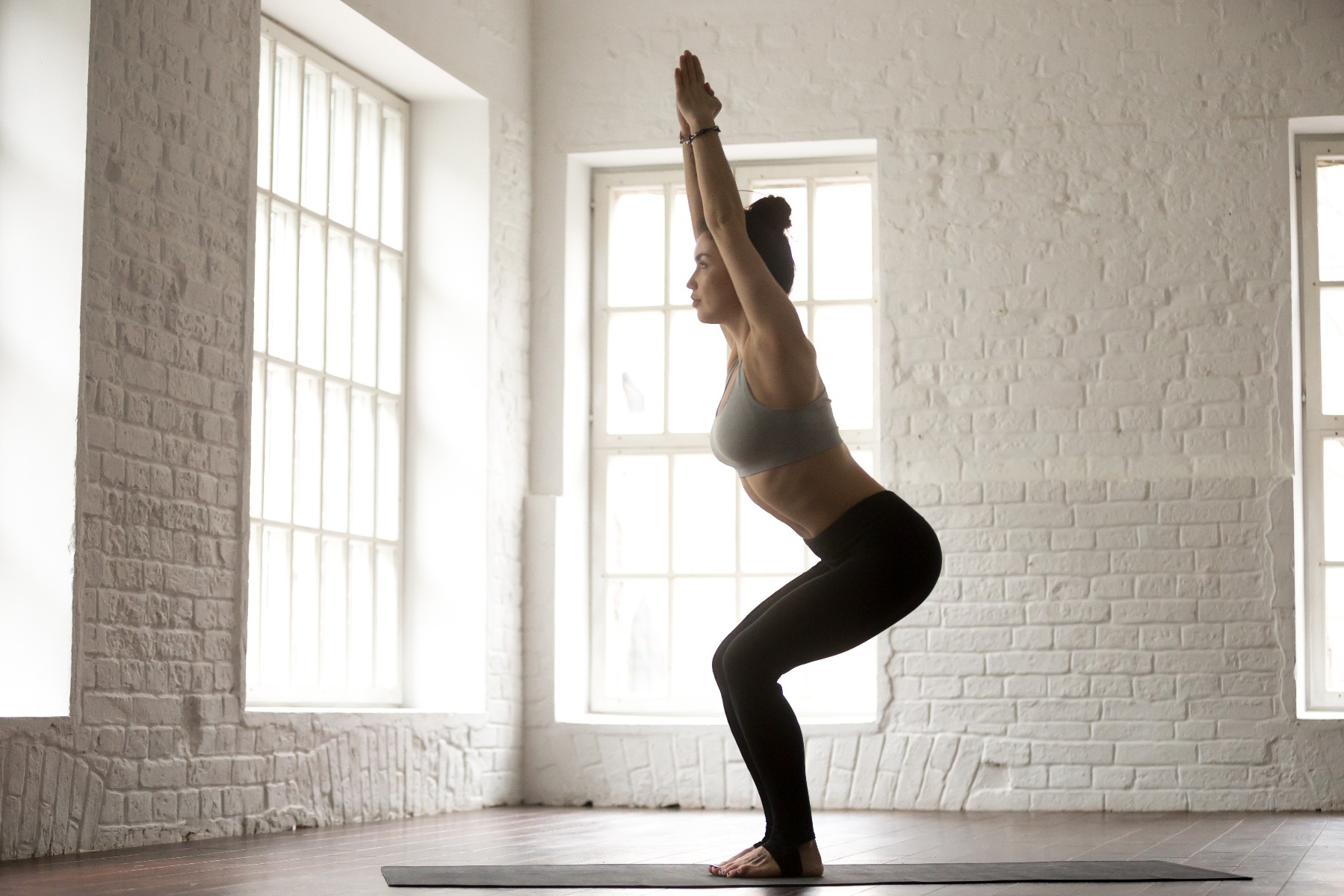
Standing tall, your feet should be together.
Take a deep inhale, raise your arms, spread your fingers, and reach up through your fingertips.
As you exhale, sit back and down as if sitting into a chair. Shift your weight toward the heels and lengthen up through the spine.
Make sure to lift and lengthen through your arms. With every exhale, sit deeper into the pose.
Seated Forward Fold

Sit and straighten your legs out in front of you, grounding your thighs into the floor.
Hinge at the hips to elongate your torso over your thighs. Grab hold of the outer edges of your feet or let your hands rest on either side of the feet. With every exhale, lengthen your spine and stretch even further.
Boat Pose
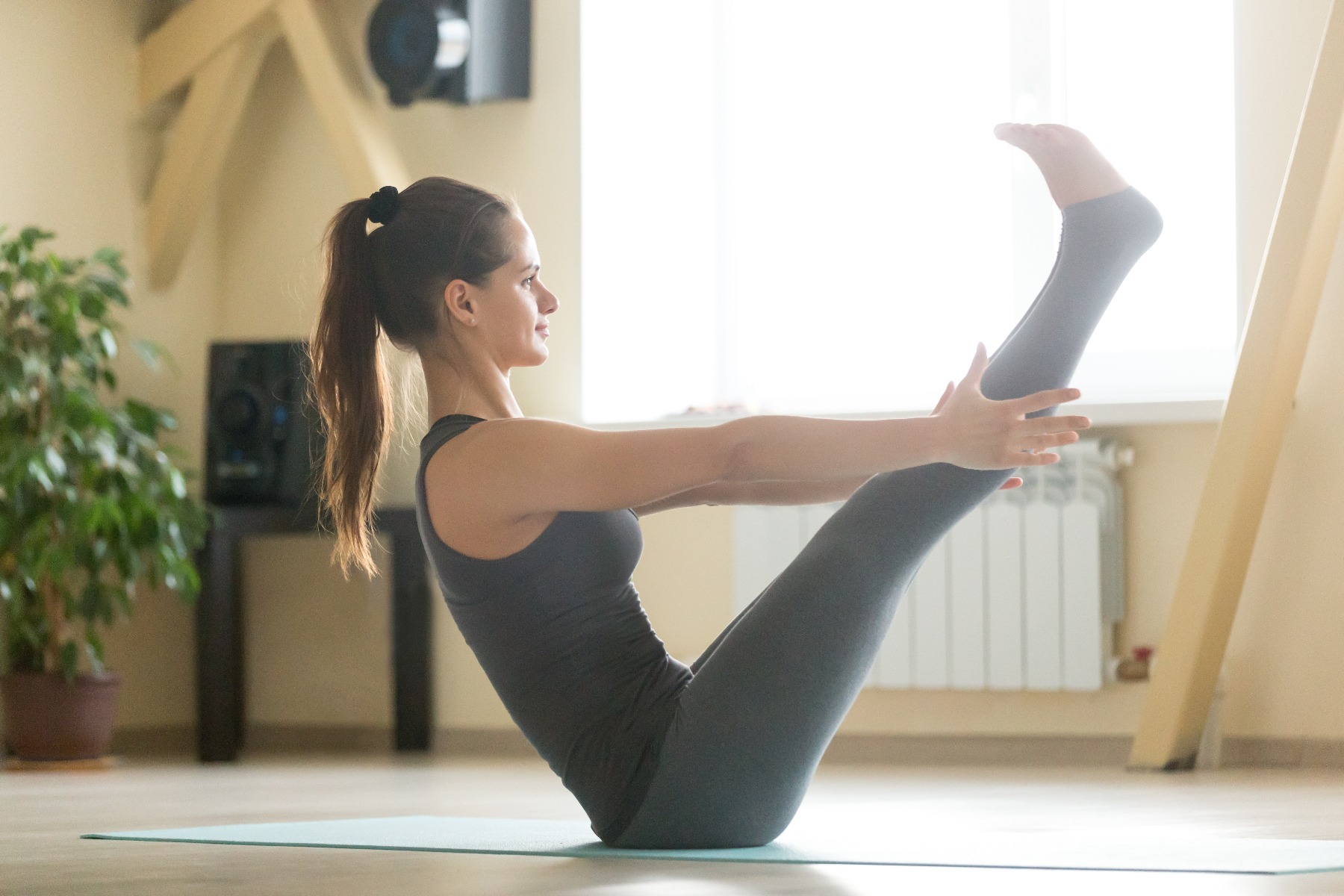
Sit with knees bent. Place your hands underneath the knees. Tip slightly back and draw the lower back in and up as you hug your abs toward your spine.
Lift your shins parallel to the floor. Stretch your arms forward and straighten your knees.
Warrior Pose
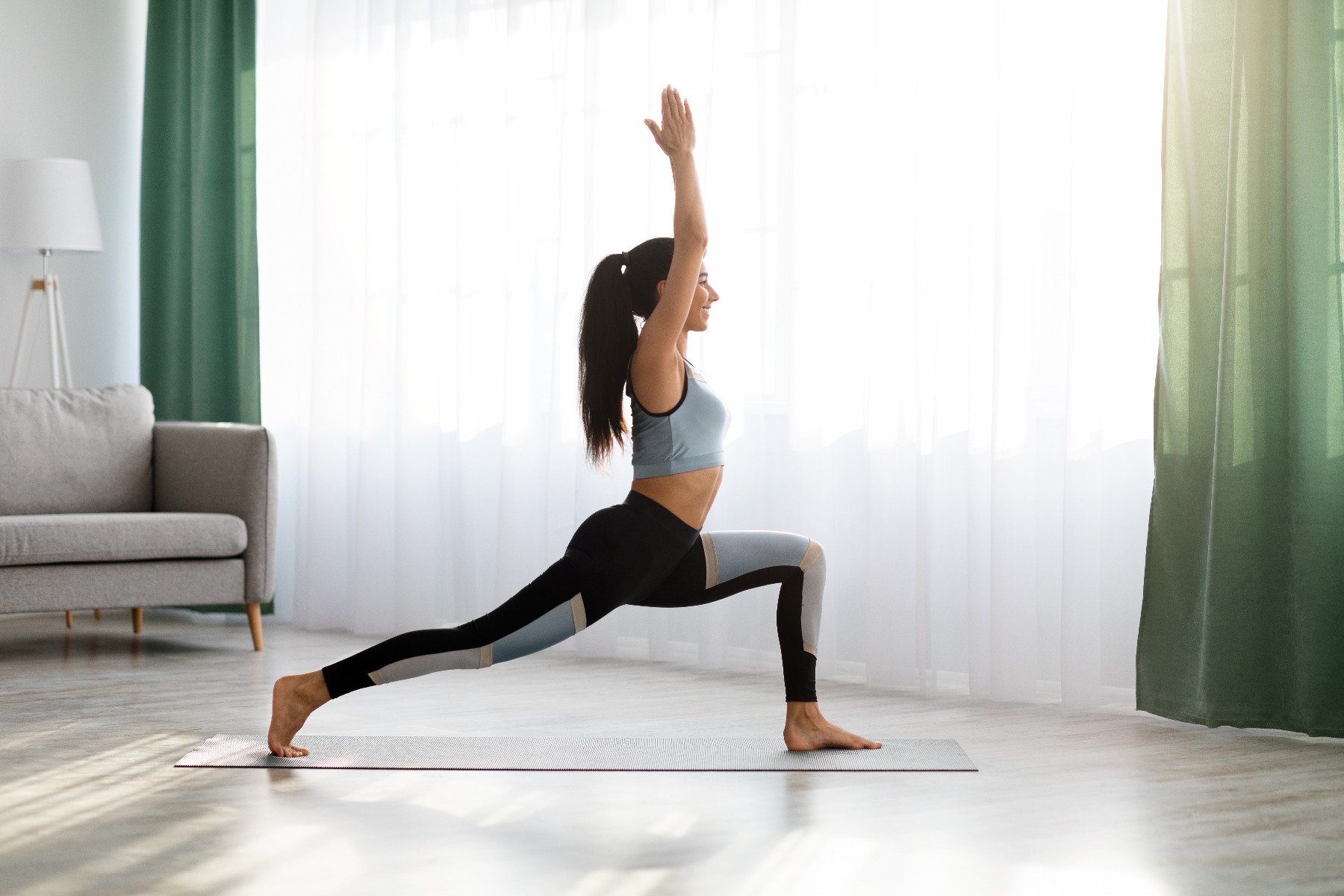
Start in downward-facing dog. Step one foot forward between your hands. Turn your back foot out, approximately 45 degrees, and ground down into your back foot.
Line your feet up heel to heel, or slightly wider. Bend the front knee directly over the front ankle while you straighten your back leg. Draw your back heel down toward the floor.
On inhale, lengthen through the spine and lift your arms up. Place your hands on your hips or lift them up towards the ceiling. Rotate your torso toward the front of the room.
Having fun trying out these yoga poses? You can also watch this video to add a few more into your daily routine!
It’s important for people of all ages and abilities to be as active as possible. Leading up to International Yoga Day, make a new beginning by practicing yoga every day!
References
1. Anonymous. (2020). History of Yoga: Exploring Its Origins. Motherhood Community. Retrieved from https://bit.ly/3rqrGyH
2. McGee, Kristen. (2020). Yoga Equipment Guide for Beginners. VeryWell Fit. Retrieved from https://bit.ly/2QI77Bl
3. Link, Rachael. (2017). 13 Benefits of Yoga That Are Supported by Science. Healthline. Retrieved from https://bit.ly/3ssx45E
Medical Disclaimer: The information provided on this site, including text, graphics, images and other material, are for informational purposes only and are not intended to substitute for professional medical advice, diagnosis or treatment. Always seek the advice of your physician or other healthcare professional with any questions or concerns you may have regarding your condition.








 France
France Australia
Australia
